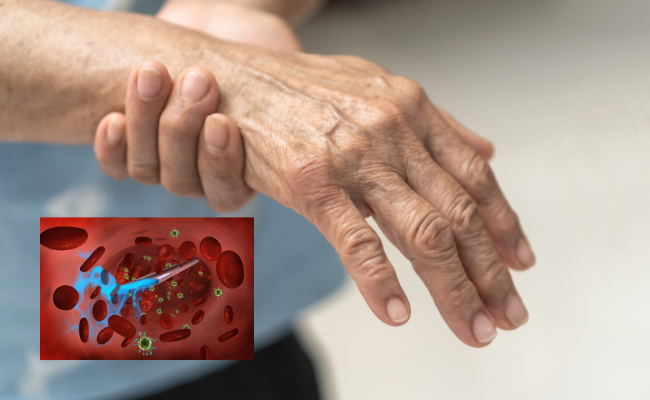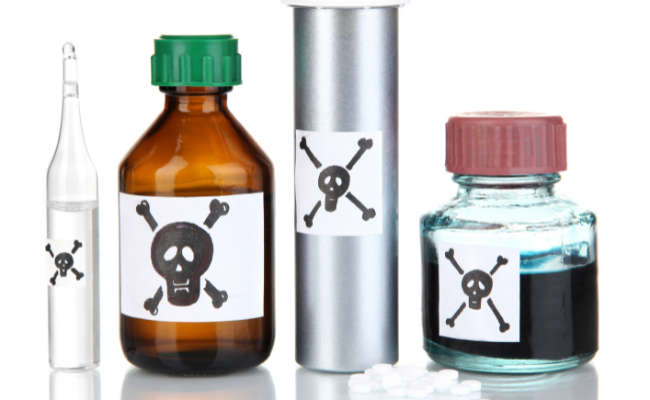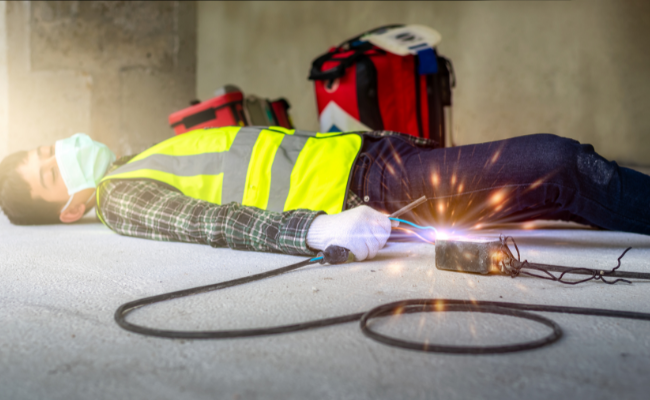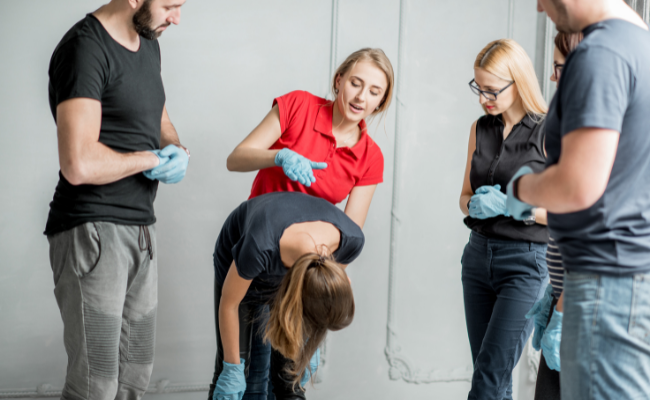How to Treat Lithium Poisoning?
- February 05, 2024
- No Comments
What is Lithium Poisoning?
Lithium toxicity, also known as lithium overdose, manifests with symptoms such as tremors, increased reflexes, difficulty walking, kidney problems, and altered consciousness levels. This condition arises when an individual is exposed to excessive levels of lithium, a naturally occurring element utilized in treating mood disorders like bipolar disorder and depression. While lithium is beneficial for managing these conditions, an overdose can lead to toxicity, posing potential severe complications. Some symptoms may persist for a year even after lithium levels return to normal, underscoring the importance of recognizing and addressing lithium poisoning promptly to prevent prolonged and detrimental effects on an individual's health.
Why Does Lithium Poisoning Occur?
Lithium poisoning can arise from various factors, including accidental overdose, intentional ingestion, or incorrect dosage adjustments. The narrow therapeutic range of lithium – the fine line between its therapeutic and toxic levels – makes it crucial for individuals prescribed this medication to adhere strictly to their prescribed doses. Additionally, certain medical conditions, such as can contribute to an increased risk of lithium toxicity.
How Does Lithium Poisoning Manifest?
The symptoms of lithium poisoning can vary in severity and may present differently in each individual. Mild cases may exhibit symptoms such as nausea, vomiting, diarrhea, and tremors. In more severe cases, symptoms can escalate to confusion, seizures, and even coma. It is vital to recognize these signs promptly to seek medical attention and mitigate potential complications.
Treatment Solutions for Lithium Poisoning
- Gastric Lavage and Activated Charcoal: In cases where lithium ingestion has occurred recently, gastric lavage, or stomach pumping, may be employed to remove unabsorbed lithium from the stomach. Simultaneously, activated charcoal may be administered to absorb lithium and hinder its further absorption into the bloodstream. These interventions aim to reduce the total amount of lithium available for absorption, aiding in the overall treatment process.
- Intravenous Fluids: Adequate hydration is vital in managing lithium toxicity. Intravenous fluids are administered to maintain hydration levels and support the elimination of lithium through the kidneys. This helps dilute the concentration of lithium in the bloodstream, promoting its excretion and preventing potential kidney damage.
- Enhanced Elimination Techniques: In severe cases where lithium levels in the blood are dangerously high, advanced elimination techniques such as hemodialysis may be employed. Hemodialysis involves using a machine to filter the blood, removing excess lithium efficiently. This technique is particularly effective in rapidly lowering lithium levels and is often employed when conventional methods prove insufficient. Continuous monitoring of lithium levels during and after these interventions is crucial to ensure that the desired therapeutic effect is achieved.
- Symptomatic Treatment: Depending on the severity of symptoms, healthcare providers may administer medications to manage specific aspects of lithium poisoning. For example, anti-seizure medications may be given if seizures occur, and medications to control nausea and vomiting may be prescribed to alleviate gastrointestinal symptoms. Symptomatic treatment aims to enhance the patient's comfort and well-being during the recovery process.
- Monitoring and Supportive Care: Continuous monitoring of vital signs, kidney function, and lithium levels is essential during the treatment of lithium poisoning. Supportive care, including electrolyte balance management and addressing any complications that may arise, is crucial for the overall well-being of the patient. Regular follow-up assessments ensure that the patient is recovering adequately and helps detect any potential long-term effects of lithium toxicity.
Benefits of Timely Intervention in Lithium Poisoning
- Prevention of Severe Complications: One of the primary benefits of timely intervention is the prevention of severe complications associated with lithium poisoning. Early identification and treatment help arrest the progression of symptoms, reducing the risk of complications such as kidney failure, seizures, and coma. By addressing the issue swiftly, healthcare professionals can prevent the exacerbation of the individual's condition.
- Reduced Long-Term Effects: Timely intervention plays a key role in minimizing the risk of long-term neurological and renal damage that may result from prolonged exposure to high levels of lithium. By swiftly managing lithium poisoning, healthcare providers can mitigate the potential for lasting adverse effects, improving the individual's overall health and well-being.
- Improved Prognosis: Individuals who receive prompt medical attention for lithium poisoning generally experience a more positive prognosis. The severity of symptoms is often correlated with the speed and effectiveness of intervention. Swift and appropriate treatment increase the likelihood of a full recovery and decrease the risk of persistent or irreversible health issues.
- Enhanced Recovery: Early intervention facilitates the elimination of excess lithium from the body. This not only accelerates the recovery process but also reduces the duration and intensity of symptoms. Timely medical care ensures that the individual can resume normal functioning more rapidly, minimizing the disruption caused by lithium toxicity.
- Prevention of Recurrence: Identifying the root cause of lithium poisoning is a crucial aspect of timely intervention. Whether it is an accidental overdose or intentional ingestion, healthcare providers can implement measures to prevent recurrence. This may involve adjusting medication dosages, providing education on proper usage, or addressing underlying mental health concerns, contributing to long-term prevention.








.jpg)
Comments (0)
No comments yet